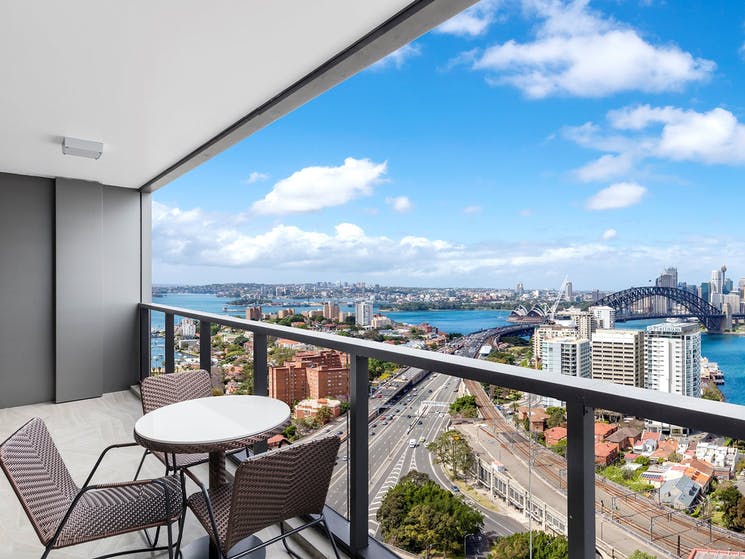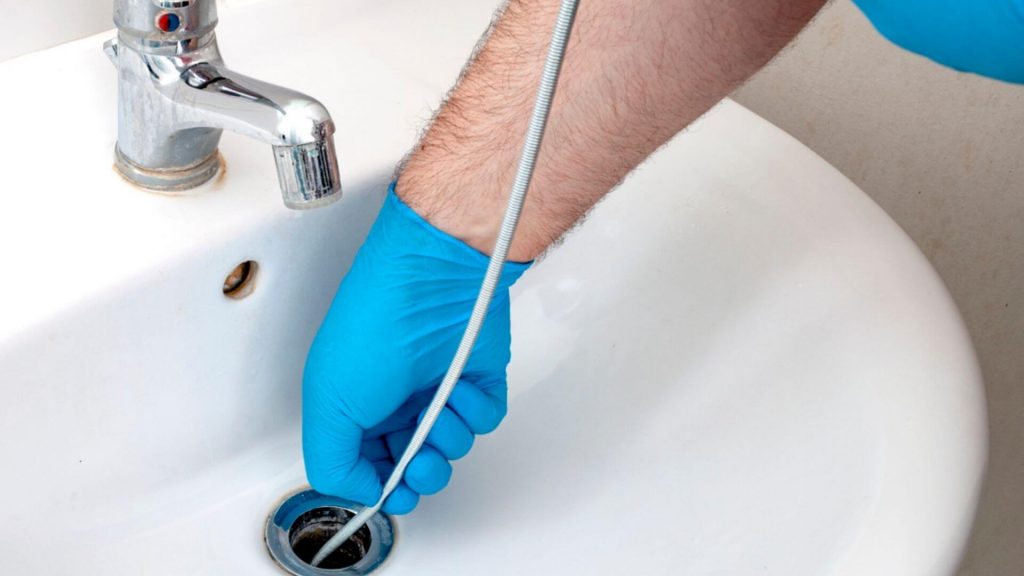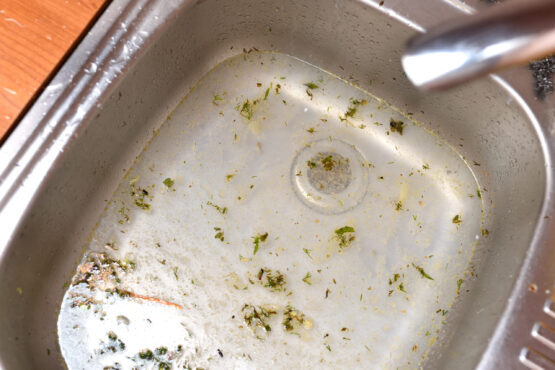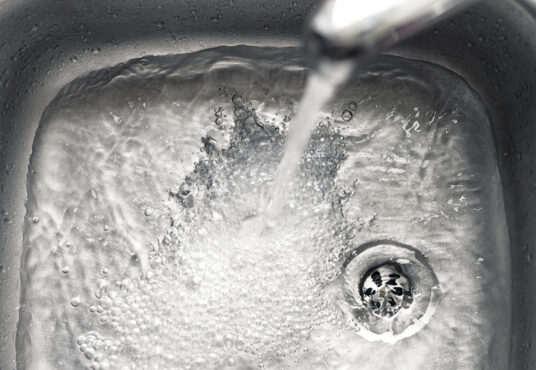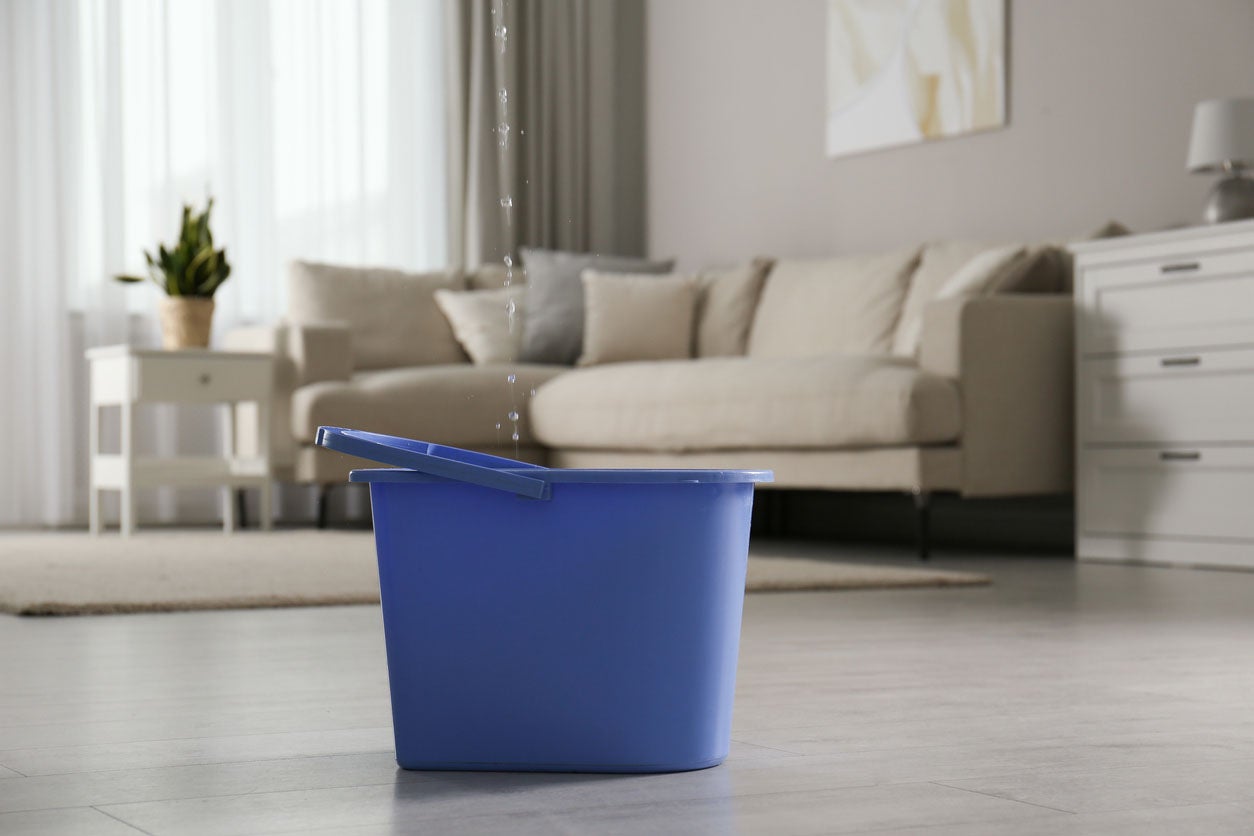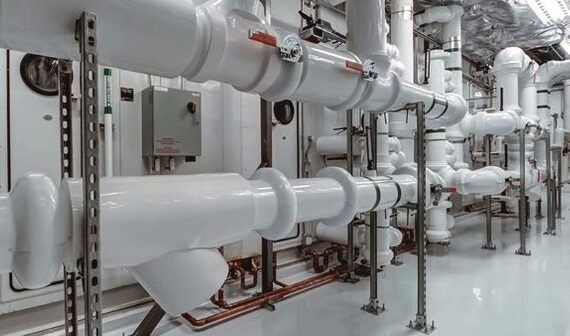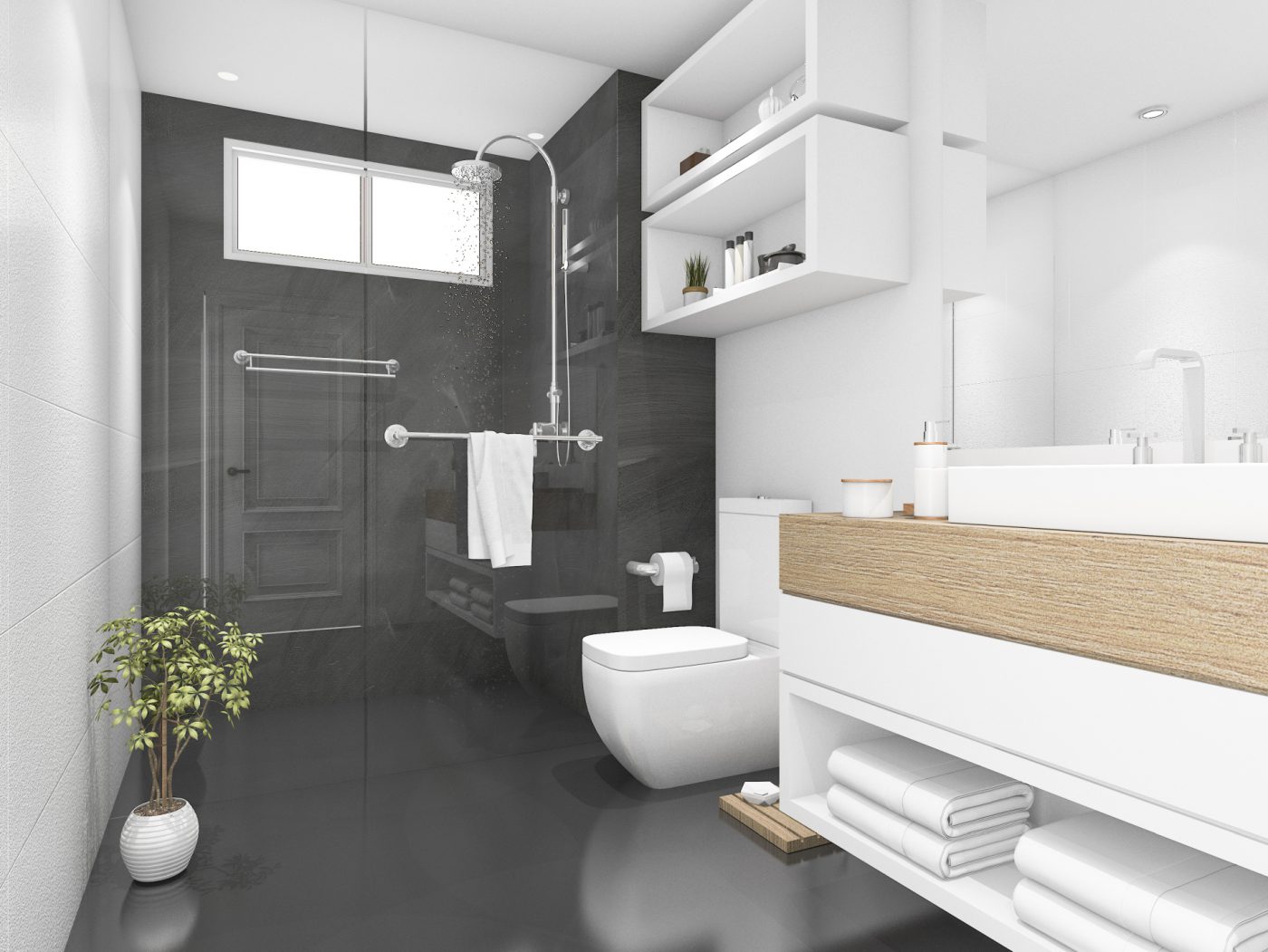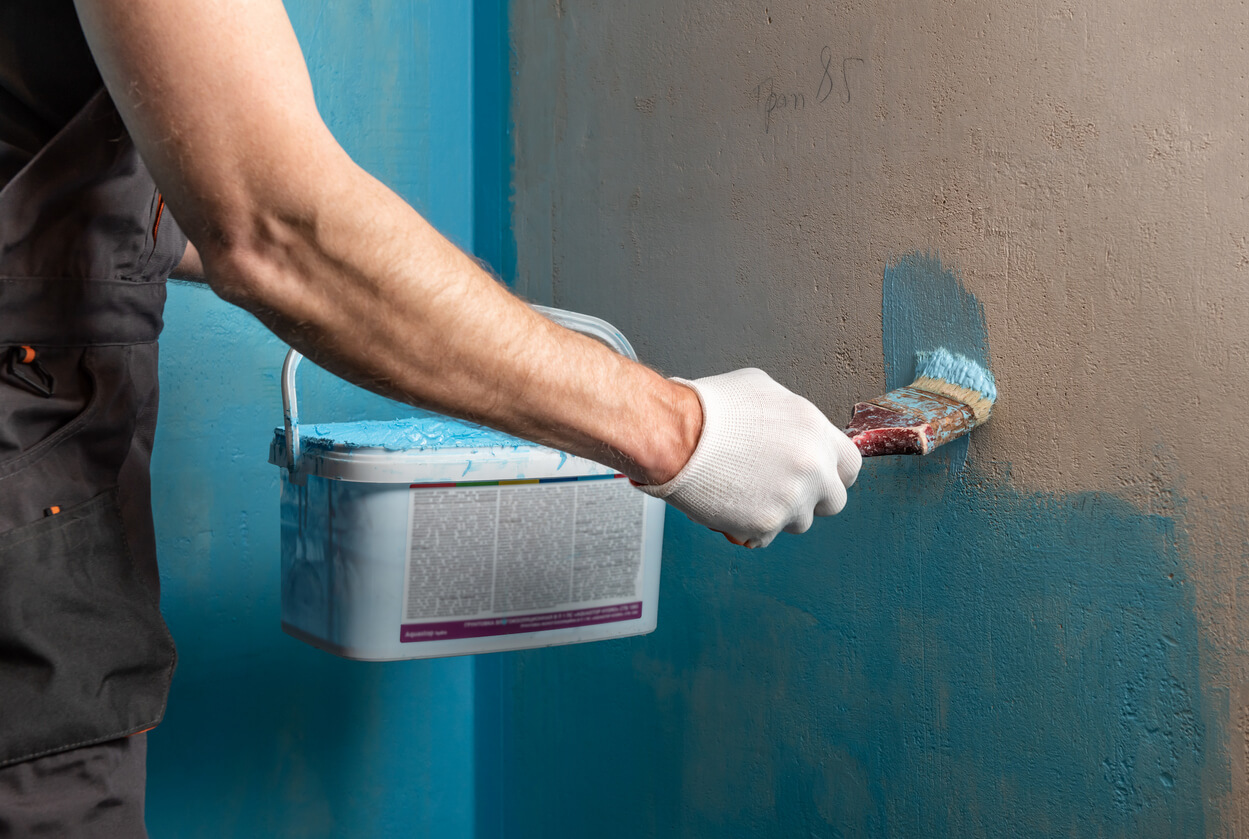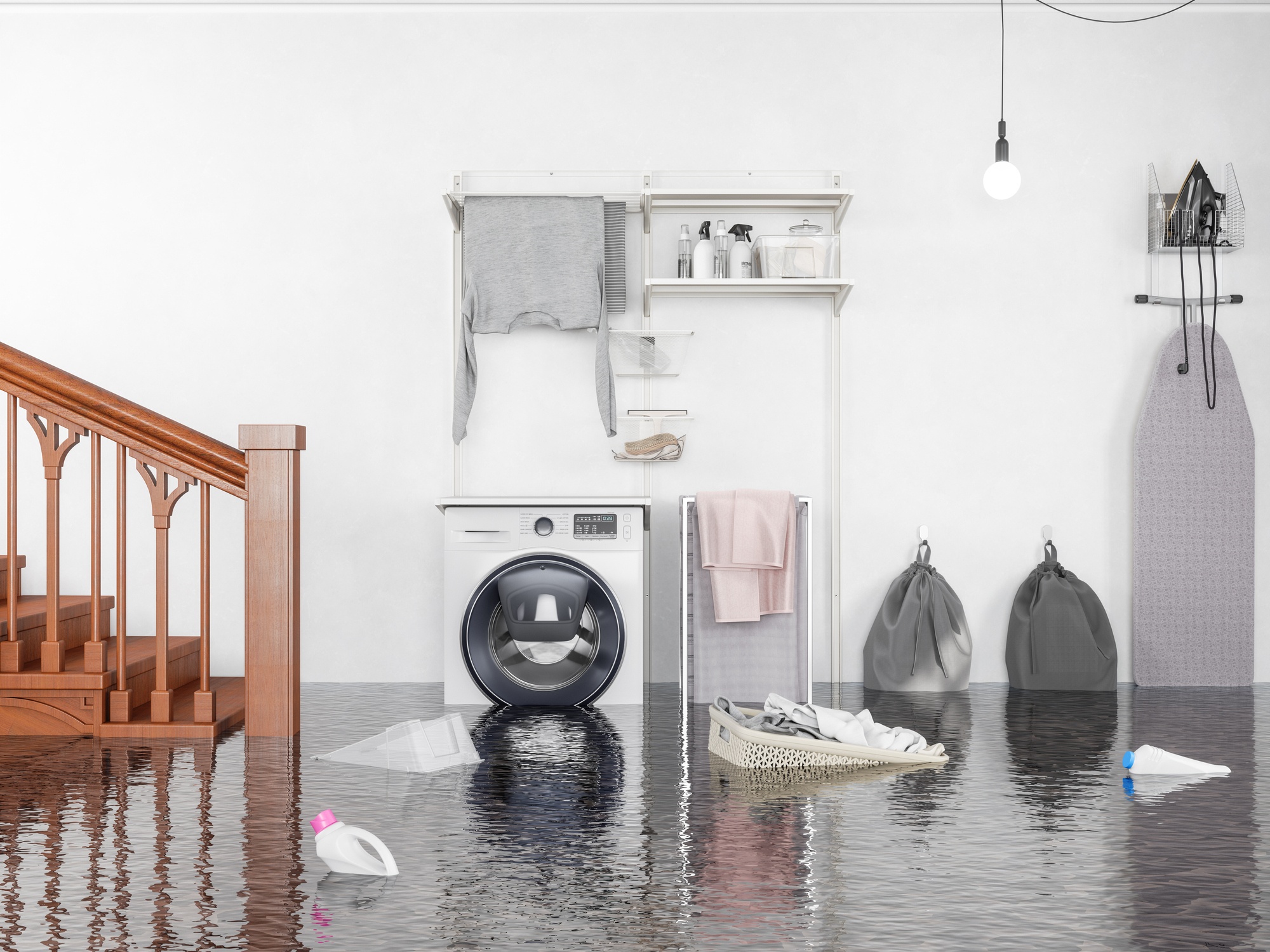After a cracking hot summer’s day, there’s nothing better than watching a big storm roll in to break the heat, unless it makes you start panicking about your balcony leaking and the damage the water is doing to your structure! That’s why you need to ensure balcony deck waterproofing is an essential part of your renovation or build.
Exposed to the elements, your balcony area is vulnerable to the same issues as any other wet area in your home; moisture, damp, and other water damage. Here’s what you need to know about balcony waterproofing.
Why do they leak?
Unlike bathrooms where waterproofing failures are almost always due to human error, balconies have other challenges to overcome.
Generally, the balance of issues can usually be attributed back to one of these main issues
- Building movement
- Poor planning
- Incorrect application of the waterproofing membrane or the wrong product applied.
- Weak, unstable substrate or poor structure construction
- Insufficient drainage or incorrect substrate gradient fall leading to water ingress or ‘ponding’.
- Inadequate adjacent flashings
Why do you need to waterproof?
Ensuring your structure is properly waterproofed from the get-go is the best use of your resources to avoid nasty surprises down the track. In fact, statistics show the highest number of waterproofing failures reported by insurers relate to balconies, decks and terraces.
Like other wet areas in your home, similar to what we’ve outlined in our other articles, there are strict guidelines to follow when it comes to waterproofing domestic wet areas.
When it comes to balconies, the design and application of waterproofing must meet Australian Standard AS 4654.1-2012 Waterproofing membranes for external above ground use Part 1 Materials as well as AS 4654.2-2012 Waterproofing membranes for external above ground use Part 2 Design and installation.
But what if my balcony is concrete?
Like other wet areas in your home, you still need to waterproof it. Concrete is an incredibly porous material and is prone to cracking, so before a single tile gets laid, you need to make sure you do the groundwork.
Can I do it myself?
It’s not as easy as you think. Plus, there are different rules and regulations in each state, some of which stipulate you must have this conducted by a certified professional and the work must be signed off.
As we mentioned above, the work must meet the guidelines outlined in the Australian Standards for Waterproofing which stipulate that the correct membrane must be accurately applied to the substrate floor, and also include other elements of the balcony waterproofing like fall and drainage.
Plus, a small error, even something as simple as not waterproofing to full height or missing a spot might not seem like a big deal now, but it’s a perfect opportunity for ongoing, water seepage and damage
How do I know if my existing balcony is waterproofed?
If you’re concerned your balcony has insufficient waterproofing or your waterproofing is failing, there are a few telltale signs of water damage to look out for. The key giveaways are:
- Cracked or missing grout on your tiles
- Calcium growing in your grout lines
- Calcium stains running down the walls
- Water stains on the underside of the balcony or internal ceiling.
- Problems with opening and closing the balcony doors.
- Peeling or splitting paint
- Weak structural joints in the balcony railing and posts
- Obvious signs of leaking water.
If you spot any of these issues or need a hand with your waterproofing, your best bet is to give us a call right away. We’ll come out to assess, and provide you with expert advice and service options from tearing up your tiles, to providing you with a reliable reseal solution.
